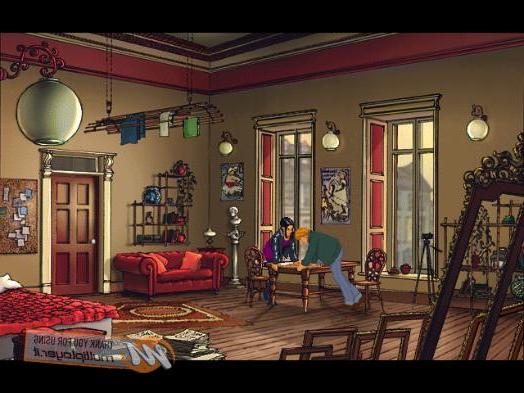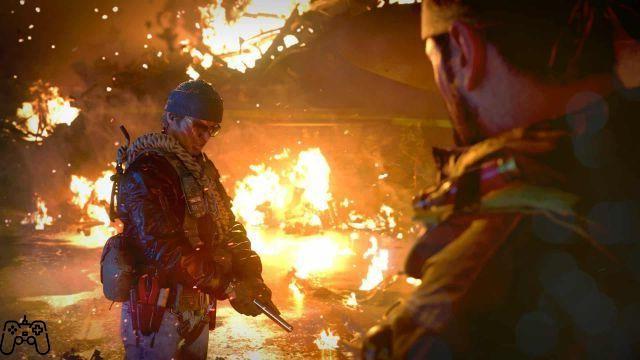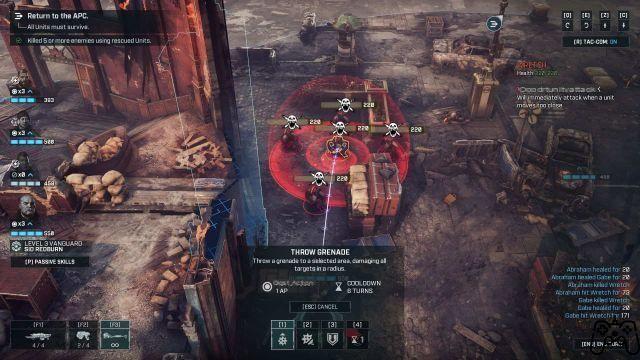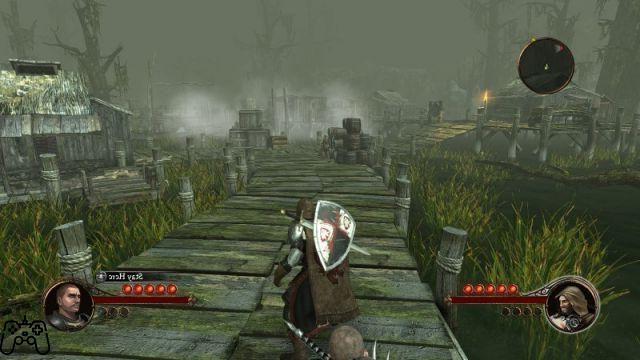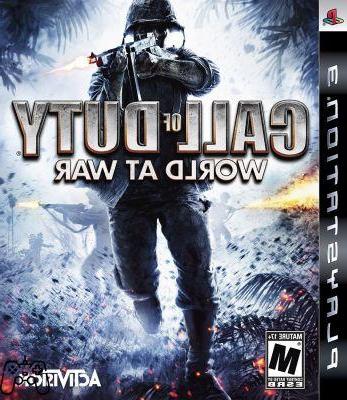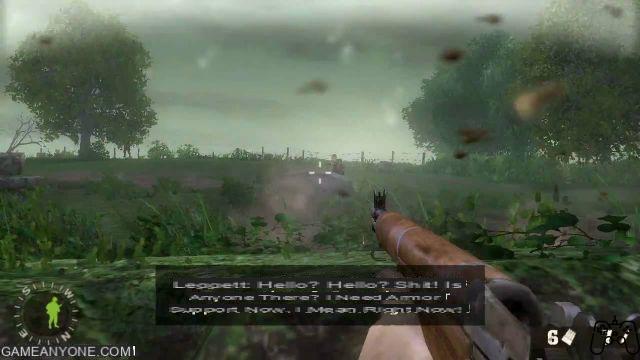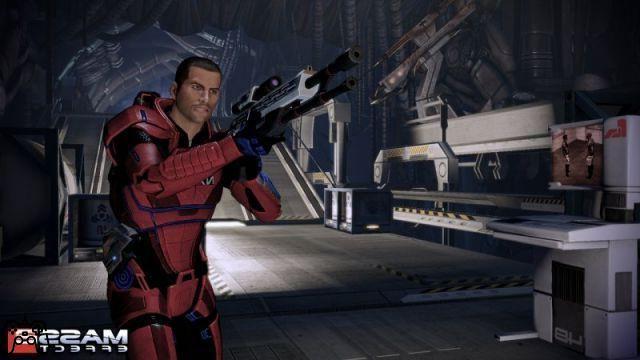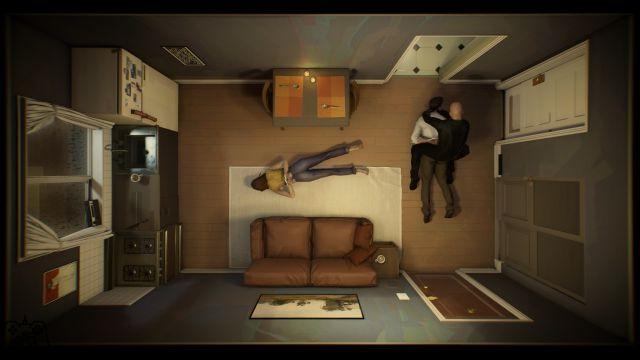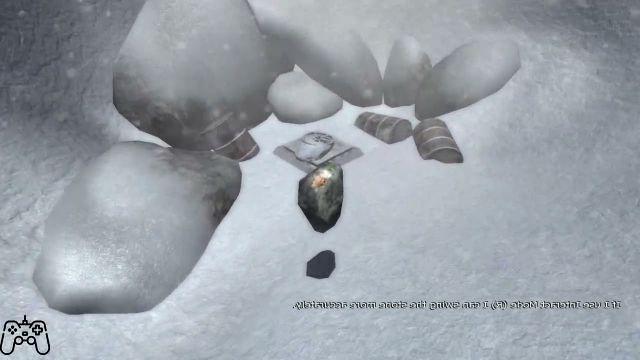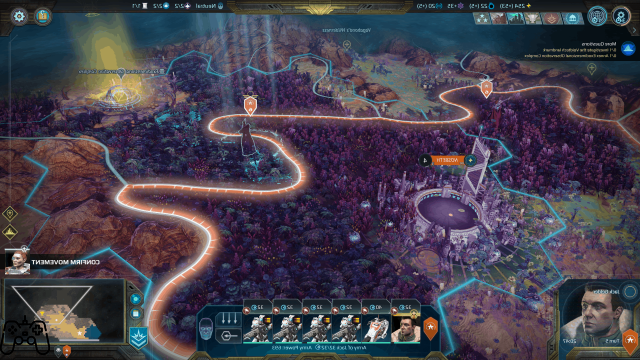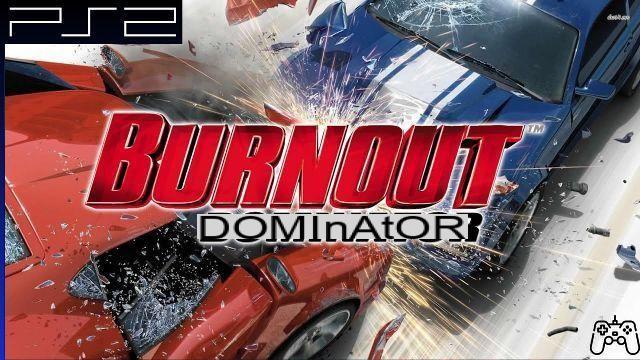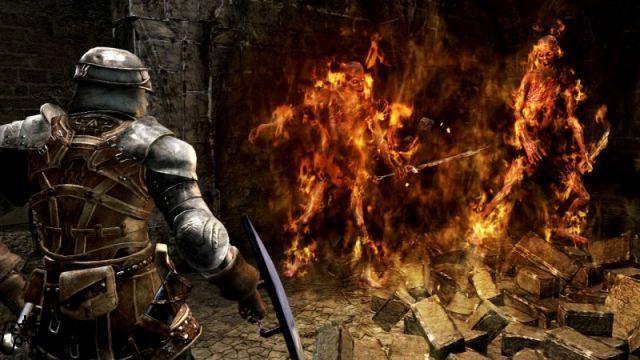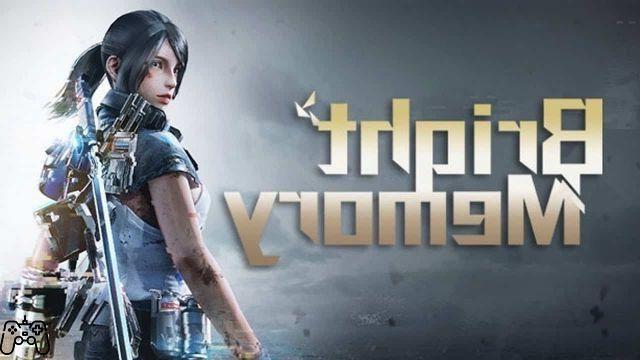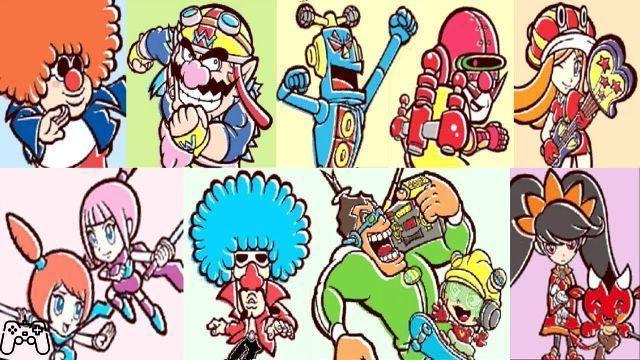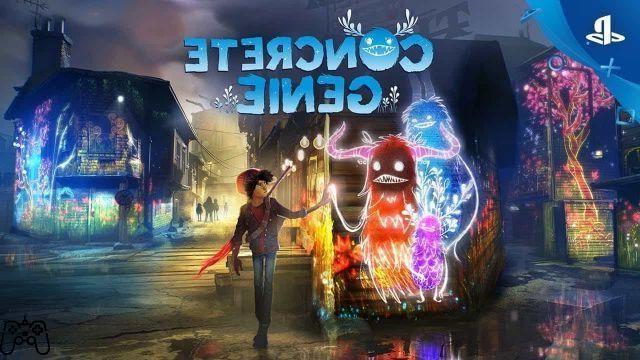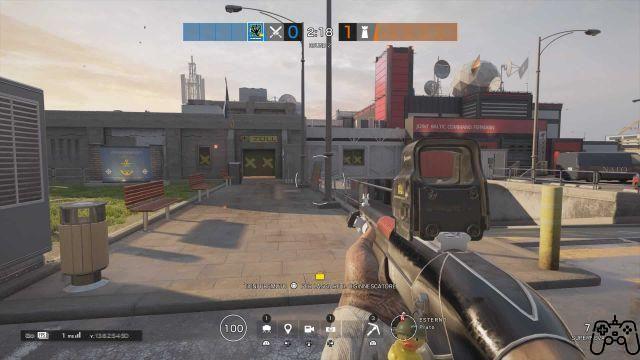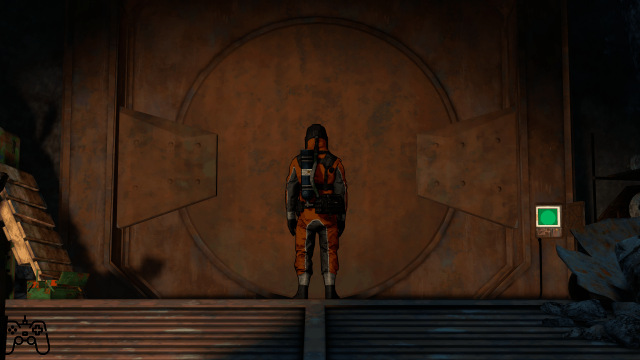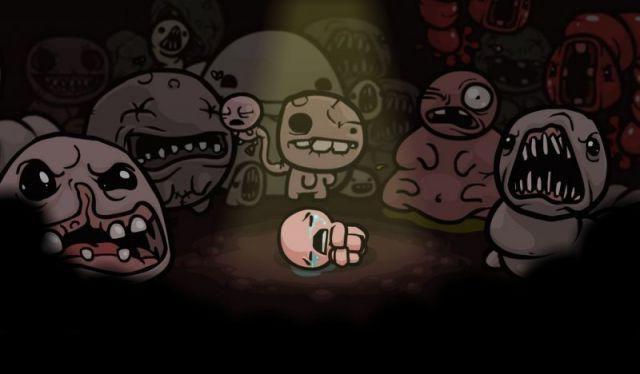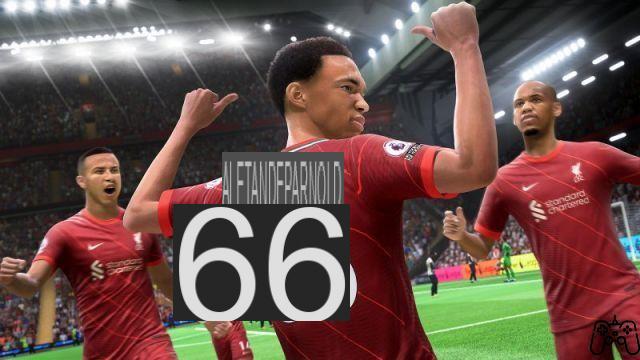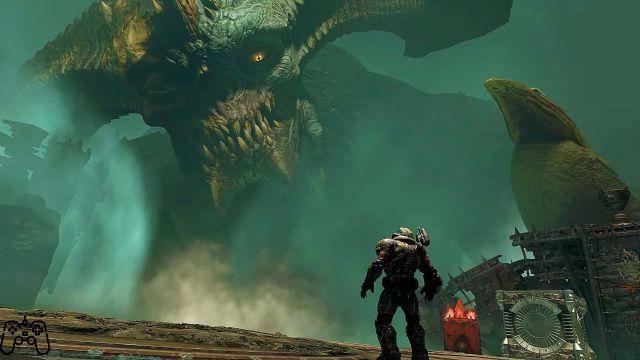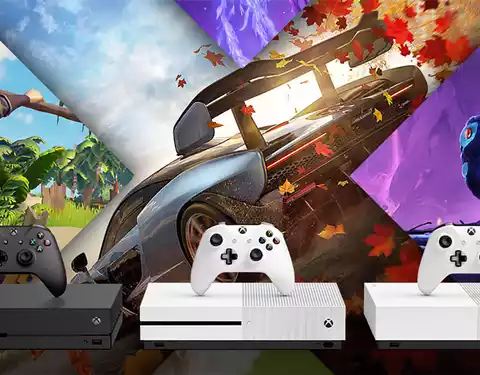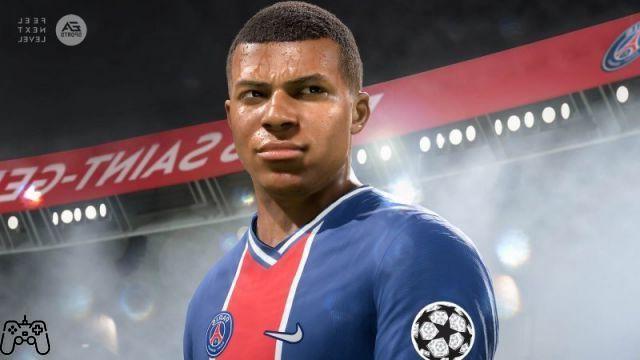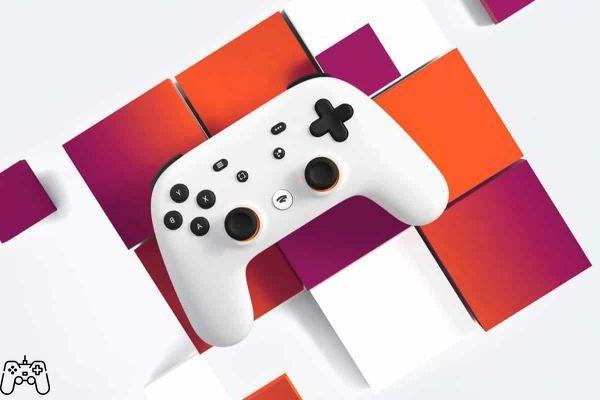There is an unwritten rule that leads software houses to 'fire' the best cartridges towards the end of each console generation. A rule, if we want to take it for granted, because the developers at that moment have the utmost mastery of the hardware and the installed base justifies sumptuous investments that will, hopefully, be repaid by sales.
In 2013 The Last of Us, simply, redefined third-person adventure video games with linear structure, making courageous choices in terms of narrative without sacrificing gameplay, abandoning the do-gooders and compromises that often characterize this medium. It touched the perfect score (in this video I explain why I didn't give it 10) and it represented a further proof of maturity on the part of Naughty Dog, which in the meantime also enjoyed the Uncharted series to create some of the best. shares present on the market. Undoubtedly The Last of Us could have ended with the latest events involving Joel and Ellie, but after playing this second part several times, all doubts have been swept away and indeed, the foundations for a third chapter are all there, especially after the recent statements by Neil Druckmann and Naughty Dog.
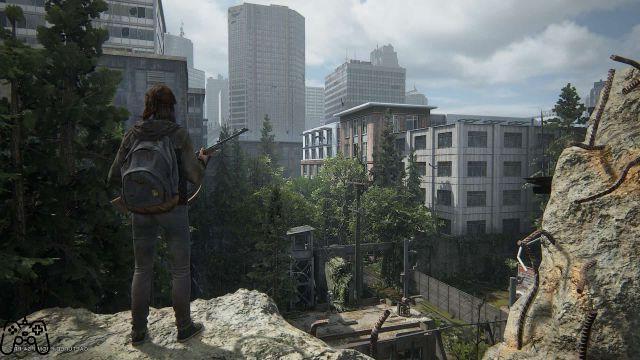
In the name of the sequel
Don't worry, nothing has been left to chance, from the overall duration, double compared to the original (more on that later), to the strong narrative vein. Indeed, here we level up and why I will try to summarize it in the next few lines, without trespassing into the field of spoilers. The Last of Us Part II takes a small time leap forward, does not forget the past and places an even more marked emphasis on the stories of the protagonists and on the changes compared to the "old world". The pandemic unleashed by the cordyceps fungus (modified) is instead positioned in the background, as a constant danger in every exploration and combat, but is also present in the phase of "acceptance" by the community, which has gradually organized itself to live with it until who knows when. Maybe forever.
After more than 20 years from late September 2013, disparate communities have formed, militarized or governed by a religious cult, organized to survive with a semblance of normality. Like that of Jackson, Wyoming, run by Tommy, Joel's brother, among others.
In the middle of old and new acquaintances!
Each nucleus formed in this way makes its own story, each person has different motivations to cling to, at the cost of trampling on those of others: life, as well as death, take on a different meaning, expendable on the altar of one's selfishness.
Get ready for several moments that will leave you dumbfounded: in a couple, I even decided to end my session and go to sleep, to metabolize what happened. The revenge that has been repeatedly depicted in the official trailers certainly represents the backbone of this second chapter but it is actually only the tip of the iceberg, since it is constantly overturned by unexpected events that involve the protagonists, more than one might think. In these situations one's morality is put to the test, even towards the dogs that will be unleashed against you by their respective owners. If we talk about human beings, then, the game will make you feel even worse because, perhaps after having eliminated them, you will find yourself reading or living part of their background, and getting to know their motivations better.
The Last of Us Part II is like a roller coaster, even more impervious than the original title: not only Joel and Ellie "exist" together with a certain number of more or less important supporting actors. The pandemic has deeply affected several people, cities and regions, who have reacted differently to deal with it; even Cordyceps-derived mutations appear slightly different based on where they occurred.
The narration of the events will therefore not be unique (who intends, intends): get ready to question and question yourselves until the final stages, which have their roots in various previous moments and for this reason they are almost anti-climatic in the most common sense of the term. Let me explain better: do not expect sensational events that break in two - there are plenty of them before - but a long moment of reflection that will certainly continue during the credits. I assure you that I had a hard time telling you what I lived without spoilers because The Last of Us Part II is exceptional from a narrative point of view: in short, you have to trust it for the most part.
On the sidelines: Naughty Dog has been very good in the trailers at keeping the moments of history unrelated to each other, at not making it clear who is desperate for what or who is fighting for. I also recovered the spoilers stolen in recent weeks: most of which are not true or completely decontextualized. Either way, try to hold out until you can get your hands on the game too.
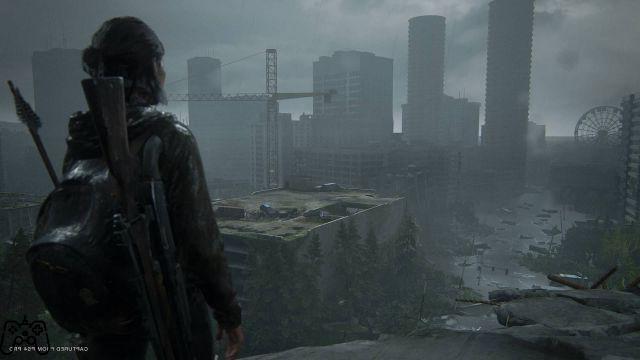
History is nothing without control
It therefore seems almost trivial to say that the direction, the mixture with the gameplay, the transitions, the dialogues and the narrative structure are a further step forward and constitute, without fear of being denied, a new yardstick for any other video game. The improvement path operated by Naughty Dog is admirable, a bar positioned higher and higher without ever sitting on its laurels, something to make past productions pale and who knows for how long in the future. If I didn't have a visceral love for video games and their gameplay, I would struggle to play another title of the same genre: it would probably appear too crude or mundane. In The Last of Us Part II it seems to live a television season of a great series, supported by the power of images, by a great photography and scenography.
It's the details that drove me crazy in this chapter: the initial impact, in fact, is not jaw-breaking, and in a comparison with Uncharted 4 the game initially seems to fall in front of the latter, which on its side can count on shot colors, breathtaking landscapes and a perky color palette. The Last of Us Part II tells a gloomy world despite the fact that nature has re-appropriated its spaces. Electricity is almost completely absent and we often move in environments only touched by natural light.
As you go on, however, you can't help but be amazed by the exceptional use of indirect lighting, for each interior different from the previous one, for the substance, the “meat” that characterizes each single section.
A stuff that often has something incredible, the result of a skilful work of the graphic engine in conjunction with the artistic sensitivity of the designers within Naughty Dog, a "manual skill" that overlaps the rest and translates into many small details that already deserve alone the ticket price. The sections in the rain or at night, perhaps in the presence of fires, reach their absolute peak, with exemplary photography and "filters" that make the image even more dramatic or realistic, depending on the case.
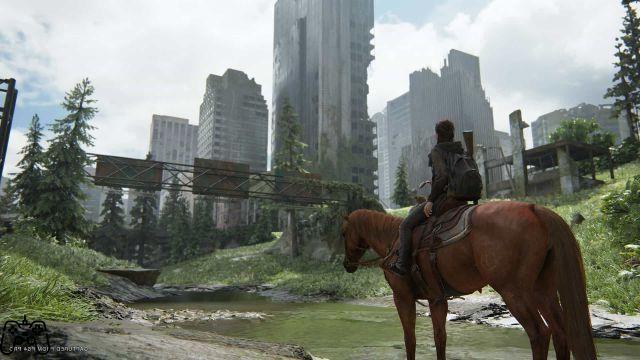
I have personally played the title on PlayStation 4 Pro, on OLED screen with HDR enabled: according to the analysis of Digital Foundry the game 'runs' at 1440p (then upscaled, exactly like Uncharted 4 post-patch) and 30 frames per second tend to be stable. From an experiential analysis I noticed some small drops only in particular and accessory situations, including the infamous waterfalls that put a strain on any graphics engine.
Ah! The fan: noisy as always in line with other PlayStation 4 exclusives.
The game makes use of an excellent motion blur (it can be reduced in the options) which helps to make the fluidity even more "buttery" (technical term) and pleasant. The response to commands is punctual, the image has a high cleanliness as from the Naughty Dog mold, the interface is often absent to ensure quality from television shots, which often make you forget you are dealing with a video game. The overall result is therefore very elegant, minimal also as regards the paraphernalia, the energy level or the ammunition. If that were not enough, there are a large number of options available, from those of accessibility linked to movement, automatic aiming, “quick-time” sequences, up to the possibility of independently deactivating every single element of the interface.
And again, on the subtitles front, as a further example, the choice is possible on three different dimensions, the presence or absence of the background, the choice of alternative colors: in short, a great attention to all categories of players.
The game is rightly dubbed in Italian, with the possibility of operating independently on the voices, text and subtitles. The quality is more than good for the protagonists while the overall mix appears discreet: the advice is obviously to play it in our language to fully enjoy the minimally invasive interface, but also to try the original dubbing, of excellent quality both in the acting phase. that of lip sync up to the balance with respect to music and effects.
I tried the title on a 5.1 system made up of Sonos speakers (if you type the code "Dumb who reads" on the official website, 10% discount for you ... ah no, they wrote it to me when I tried to get a discount myself) to find an excellent positioning of the sound effects, from the rain beating on the surfaces to the dialogues of the characters. Particular attention has been paid to the reproduction of the noise of the weapons, which helps to increase identification during clashes with opponents. The soundtrack, undoubtedly excellent, has a great variety of melodies, perhaps lacking the couple of iconic tracks that characterized the predecessor. The guitar theme recurs not only visually, but also in the narrative: nothing is left to chance.
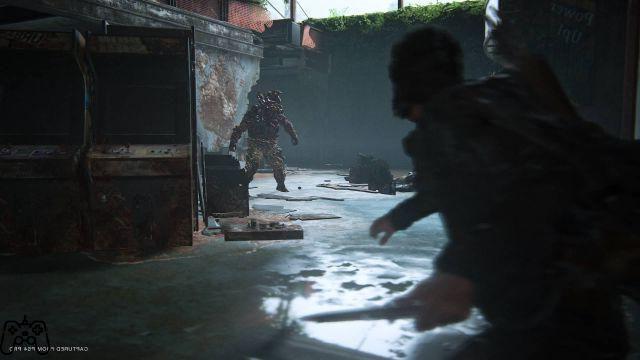
It Gameplay (Café)
Naughty Dog is second to none when it comes to merging narrative and gameplay; in Part II we therefore have the maximum result from the Californian developer, either for the interface mentioned several times, or for the absolute magnificence of the animations, which respond to the player's commands or pass the baton to the intermission sequences. To betray the differences obviously contributes the lack of input from the player and for example even more defined faces, but we are in the presence of a seamless adventure in which everything appears integrated as never seen before. The decadent game world, the harshness of the context are perfectly enclosed in the gameplay, which does not reinvent the wheel but appears as a more multifaceted evolution of its predecessor.
The physicality is further accentuated, from the recoil of firearms to the use of white ones; the animations make the falls or the blows received appear more credible and "heavy", the rawness of the kills does not spare mutilated limbs and heads blown, for humans as well as the infected.
The crafting system returns introduced by the first chapter, simplified in some passages, enriched in others; the parts collected contribute to enhance the weapons and perhaps make them more powerful / manageable, the pills are used to enhance the branches of "skills", the bandages and derivatives are used for the construction of various objects. Everything is accessible via touchpad and digital cross, without pause following the concept inherited from the first The Last of Us: few resources and a time needed to combine them.
The aforementioned animations also contribute to new possibilities for the controlled protagonists. There is the jump, you can shoot from the ground when thrown after a shot, pass through bottlenecks quickly with the X key, dodge with L1. Narrow passages can be a faster way to get around opponents or run away from enemies, which will take a few moments to pass through; dodging plays a key role in melee, giving you a competitive advantage to get the better of or escape, perhaps too easily once you find the right timing.
In trailers and Naughty Dog statements there was talk of a more "open" game than in the past. This is true to the extent that there is more verticality and there are several optional sections to explore, such as in downtown Seattle. The game, however, remains essentially linear by virtue of its narrative; perhaps to continue we are offered small alternatives, but in fact we must always go to a specific point, suggesting exploration to gather more resources or find details. The center of Seattle is the most open and articulated "map", for the rest I would speak of "openings" instead.
I specify further: the greater extension of the game world explored compared to the first chapter is evident, both for the verticality and for the examples above; exploration and clashes mean that you have a greater overview, even when dealing with similar sections but with different roads from which the previous route can be seen in the distance. Everything is more "airy", but always remember that we are dealing with a third-person adventure with a strong narrative component.
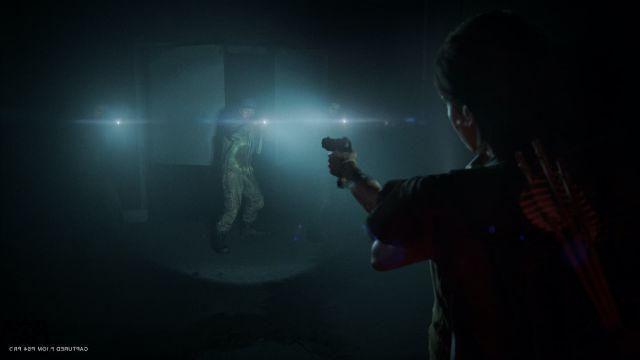
How AI does it, there is no one who knows
If you have historical memory, of the first The Last of Us I had criticized a part of artificial intelligence, which gave rise to "annoying" situations. Well, the steps forward are perceptible: humans communicate with each other by radio or voice and are alerted if there is no response. They move in a group, bypass the protagonists, quickly become suspicious, if you eliminate the owner of a hound dog, his complaint will alert the others. The tall grass (FINALLY!) Does not ensure invisibility in every situation, but only from a distance; whether you are crouching or lying down, an enemy within walking distance will notice your presence.
Secondary question: even here they are beautifully ignored by the enemies - I suppose at this point for design reasons - but fortunately they often remain in the rear, in cover or in position, without reaching those "comic" peaks of the original game that had bothered me so much.
Overall we are not talking about a super sophisticated artificial intelligence, mind you, but everything appears more credible and challenging, requiring the player to constantly move and use different strategies, unless you want to do Rambo when in possession of a good amount of ammunition. .
Said this, my advice is to play hard or higher right away, even more if you are familiar with the genre: in this way you can get a good compromise between available resources - albeit limited - behavior of enemies and your companions.
But there's more: each difficulty level can be selected immediately and changed during the game, in addition there are a series of options that allow you to act in a granular way on the parameters.
A few examples? Aggressiveness of enemies and complexity of specific clashes, level of readiness of your companions, damage procured, number of resources scattered around the setting. Trivially you can "pump" the difficulty of the opponents to the maximum but leave the available resources on "standard", or vice versa, to customize your adventure as you like.
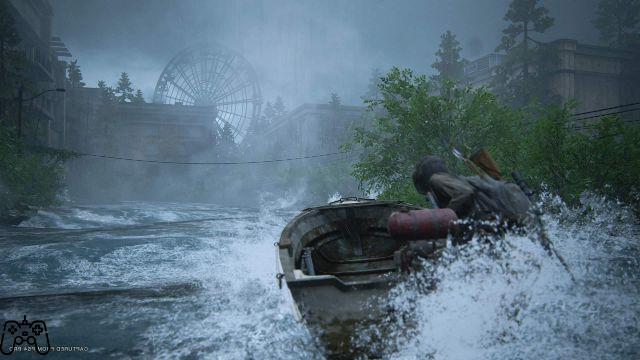
Ultimately the gameplay of The Last of Us Part II is more fun, engaging and varied than that of the original title, it shares its DNA but manages to support the other components even better. Personally I completed the Naughty Dog title in thirty hours and thirty-five minutes, collecting 51% of the trophies and a good part of the extras, even those related to exploration. Realistically it is a game that can last from 25 to 35 hours: don't speed up the experience unnecessarily but rather enjoy its details and subtleties.
There are flaws, of course: the final section, the exploration and gameplay part, introduce a new area but appear less detailed than the rest. Some features already seen in Left Behind, such as the possibility of making infected and humans fight each other before "intervening", are relegated to a few sections in relation to the total number of fights. Small things in an exciting overall picture, with that conceptually perfect finish, not very Hollyvoodian.
Before leaving you to comment, I remind you that below is the video review, lasting 45 minutes. With this combo you will understand exactly what I think of the game, alternatively you will have a super effective sleeping pill at your disposal.
Comment
For several nights I mulled over the vote to be assigned to The Last of Us Part II, in relation to the first chapter and above all to what, to date, it represents for linear third-person adventures. I could be "picky" with a 98">98, try to "make noise" with a 99 who knows so much about 29 at university. On Gameplay Café, however, our passion for video games is celebrated: so let's go with 100 out of 100, the first officer (that of The Legend of Zelda: Breath of the Wild arrived posthumously) on this site.
The Last of Us Part II is grandiose, phenomenal from a narrative point of view, exceptional in attention to detail, marvelous from an artistic and visual point of view, courageous as a whole.
It is a title of substance and value even when it manifests its gameplay, almost asking the player to "disturb" the story that Naughty Dog wanted to tell.
It's perfect? Never, but today I can't find a remotely comparable game in the same category, so real, hard, addicting.
Graphics
Technically, Naughty Dog's engine takes it one step further. The photography and incredible attention to detail elevate the production to the absolute best of this generation of consoles.
98">98
SOUNDTRACK AND DOUBLE ROOM
High variety of songs, consistently high quality, superlative sound effects. Good dubbing and mixing in Italian, excellent in English.
95
GAMEPLAY
More varied and refined than the first chapter. Expanded and credible artificial intelligence especially at higher difficulty levels. Physicality at the highest levels, fun and engaging to play. Perfect integration with the rest.




